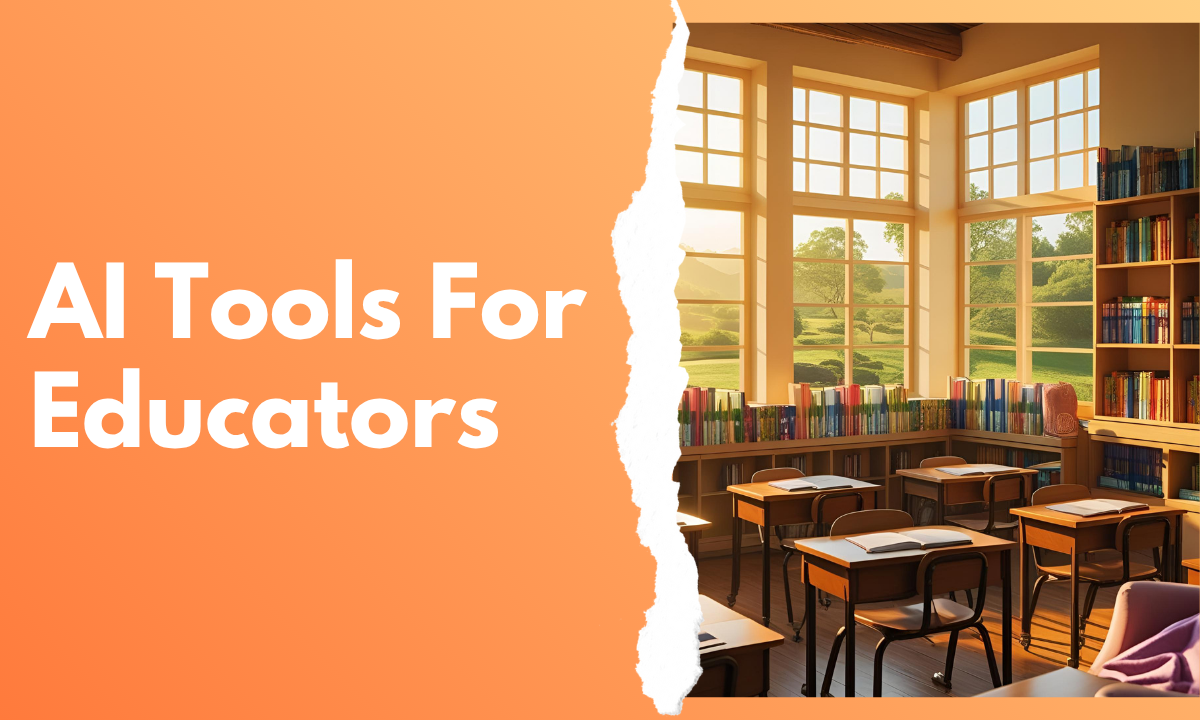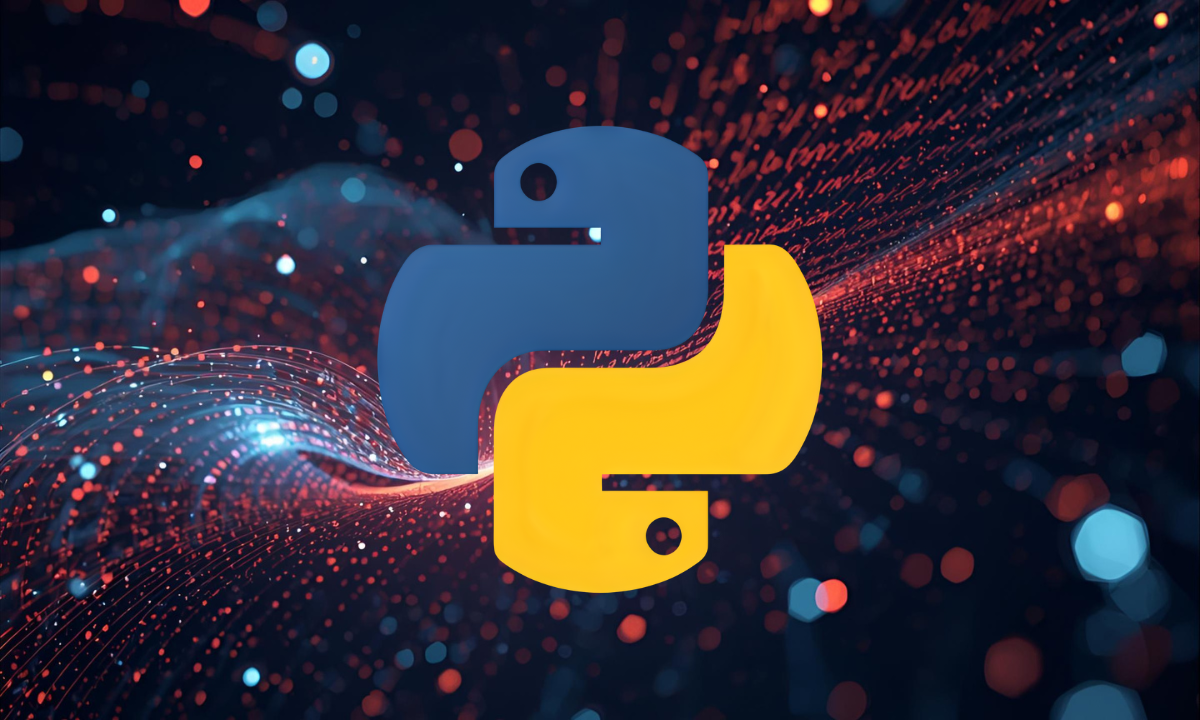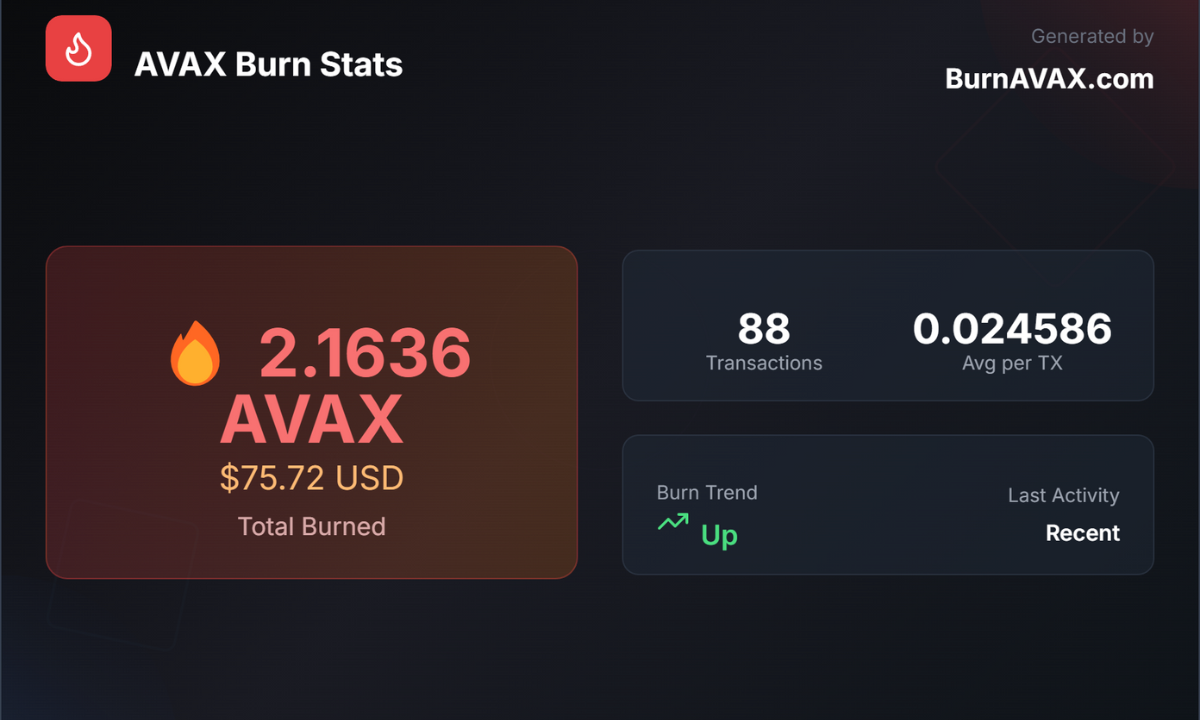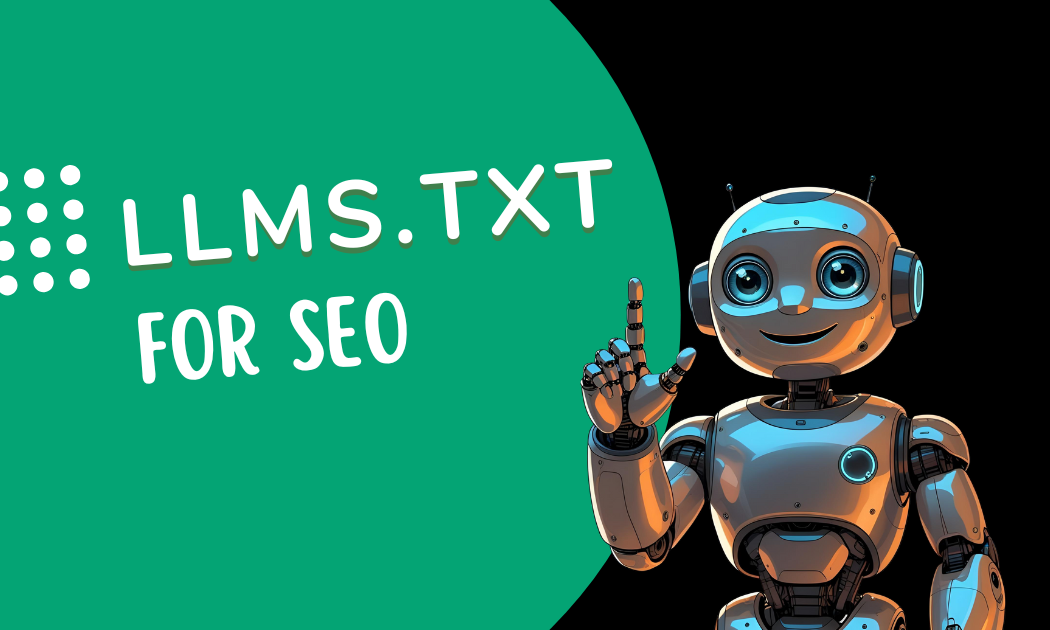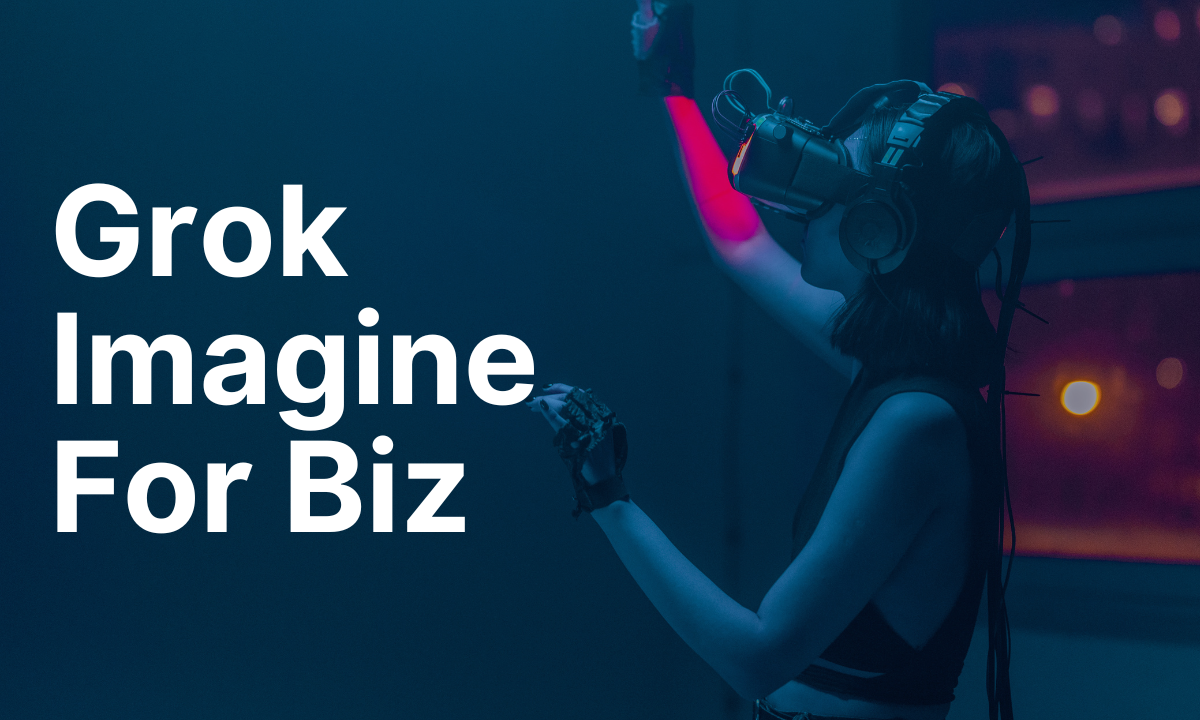Best AI for Teachers: Top Tools for Educators in Classrooms and Training
Artificial intelligence is transforming education, offering powerful tools to streamline lesson planning, engage learners, and enhance training outcomes. Whether teaching in a traditional classroom or leading professional development sessions, educators need reliable, user-friendly AI solutions. This guide explores the best AI tools for teachers and professional trainers, covering models, browser extensions, and other resources to support diverse teaching environments.
Why AI Matters for Educators
AI empowers educators by automating repetitive tasks, personalizing learning experiences, and providing data-driven insights. For school teachers, AI can differentiate instruction for diverse student needs. For corporate trainers, it supports scalable, engaging training programs. The tools highlighted here are selected for their accessibility, functionality, and proven impact in educational settings.
Top AI Models for Teaching and Training
1. Grok 3 by xAI
Grok 3, developed by xAI, is a versatile AI model accessible via grok.com, x.com, and mobile apps. Its strength lies in answering complex questions and generating content tailored to educational needs. Teachers can use Grok 3 to create lesson plans, quizzes, or explanations in seconds. Professional trainers benefit from its ability to generate role-specific training materials, such as compliance guides or leadership scenarios.
- Key Features: Free access with usage quotas, voice mode on mobile apps, and DeepSearch mode for in-depth research.
- Best For: Lesson planning, content creation, and answering student or trainee questions.
- Access: Visit grok.com or explore subscription options like SuperGrok for higher quotas.
2. ChatGPT by OpenAI
ChatGPT remains a staple for educators due to its conversational capabilities and vast knowledge base. It excels at generating writing prompts, grading rubrics, and interactive activities. Corporate trainers can leverage it to design onboarding scripts or simulate customer interactions.
- Key Features: Customizable responses, integration with third-party platforms, and multilingual support.
- Best For: Writing assistance, brainstorming activities, and professional development content.
- Access: Free tier available; paid plans unlock advanced features.
3. Claude by Anthropic
Claude, known for its ethical AI framework, is ideal for educators prioritizing safe and value-aligned content. It supports tasks like drafting emails, creating case studies, or explaining complex concepts in simple terms.
- Key Features: Strong focus on safety, concise outputs, and robust text analysis.
- Best For: Ethical content creation and professional communication.
- Access: Limited free access; subscriptions available for heavier use.
Essential AI Browser Extensions for Educators
1. Grammarly
Grammarly’s AI-powered extension enhances written communication for both teachers and trainers. It corrects grammar, suggests style improvements, and ensures clarity in lesson plans, emails, or training manuals.
- Key Features: Real-time editing, tone detection, and plagiarism checker.
- Best For: Polishing educational materials and professional correspondence.
- Availability: Free with premium upgrades.
2. Quizizz AI Extension
Quizizz integrates AI to generate interactive quizzes tailored to lesson objectives. Teachers can input a topic, and the extension creates engaging questions in seconds. Trainers use it to assess employee knowledge retention.
- Key Features: Auto-generated quizzes, gamified learning, and analytics dashboard.
- Best For: Formative assessments and training evaluations.
- Availability: Free with paid plans for advanced features.
3. Edpuzzle AI Extension
Edpuzzle’s AI tools help educators create interactive video lessons by suggesting questions and annotations. It’s perfect for flipped classrooms or asynchronous training sessions.
- Key Features: Video editing, question embedding, and student progress tracking.
- Best For: Blended learning and remote training.
- Availability: Free tier; premium plans unlock additional features.
AI-Powered Platforms for Classroom and Training
1. Canva for Education
Canva’s AI-driven design tools enable educators to create visually appealing presentations, worksheets, and infographics. Its Magic Studio features, like text-to-image generation, simplify content creation.
- Key Features: Templates for education, AI design suggestions, and collaboration tools.
- Best For: Visual aids for lessons and training sessions.
- Access: Free for educators with verification.
2. Kahoot! AI
Kahoot! uses AI to generate engaging quizzes and games based on curriculum standards or training goals. Its analytics provide insights into learner performance, making it valuable for both classrooms and corporate settings.
- Key Features: AI question generator, multiplayer games, and progress reports.
- Best For: Interactive learning and team-building exercises.
- Access: Free with premium subscriptions.
3. Nearpod
Nearpod’s AI-enhanced platform offers interactive lessons with real-time feedback. Teachers can embed polls, VR experiences, or simulations, while trainers use it for dynamic workshops.
- Key Features: AI-driven content suggestions, student engagement tools, and integration with LMS platforms.
- Best For: Interactive lessons and professional workshops.
- Access: Free tier; paid plans for advanced features.
Specialized AI Tools for Educators
1. Google Classroom with Gemini AI
Google Classroom integrates Gemini AI to streamline grading, provide feedback, and suggest personalized assignments. Its seamless integration with Google Workspace makes it a go-to for tech-savvy educators.
- Key Features: AI grading, assignment personalization, and collaboration tools.
- Best For: Classroom management and hybrid learning.
- Access: Free for schools; requires Google Workspace.
2. Microsoft Copilot for Education
Microsoft Copilot, integrated with Office 365, assists educators in creating lesson plans, analyzing data, and automating administrative tasks. Trainers use it to develop professional presentations and reports.
- Key Features: AI task automation, data insights, and cross-platform compatibility.
- Best For: Administrative efficiency and professional content creation.
- Access: Available with Microsoft 365 Education plans.
3. Synthesia for Video Content
Synthesia’s AI video platform allows educators to create professional-quality training videos with avatars. It’s ideal for corporate trainers needing scalable content or teachers producing e-learning modules.
- Key Features: Text-to-video, multilingual support, and customizable avatars.
- Best For: Video-based instruction and training.
- Access: Paid plans with free trials.
Tips for Choosing the Right AI Tools
- Ease of Use: Prioritize tools with intuitive interfaces to minimize learning curves.
- Cost: Many tools offer free tiers; evaluate paid plans based on budget and needs.
- Integration: Ensure compatibility with existing platforms like LMS or Google Workspace.
- Scalability: Choose tools that adapt to growing class sizes or training programs.
- Support: Opt for tools with robust customer support and active user communities.
Challenges and Considerations
While AI tools enhance teaching, educators should be mindful of potential challenges. Data privacy is critical—always verify that tools comply with regulations like FERPA or GDPR. Overreliance on AI may reduce human interaction, so balance technology with personal engagement. Finally, ensure equitable access to tools, as not all students or trainees may have reliable internet or devices.
Conclusion
The best AI tools for teachers and professional educators streamline tasks, engage learners, and elevate instructional quality. From AI models like Grok 3 and ChatGPT to extensions like Grammarly and platforms like Canva, these resources cater to diverse educational needs. By carefully selecting tools that align with teaching goals and learner requirements, educators can harness artificial intelligence to create impactful, efficient, and inclusive learning experiences. Explore these tools today to transform classrooms and training sessions alike.
